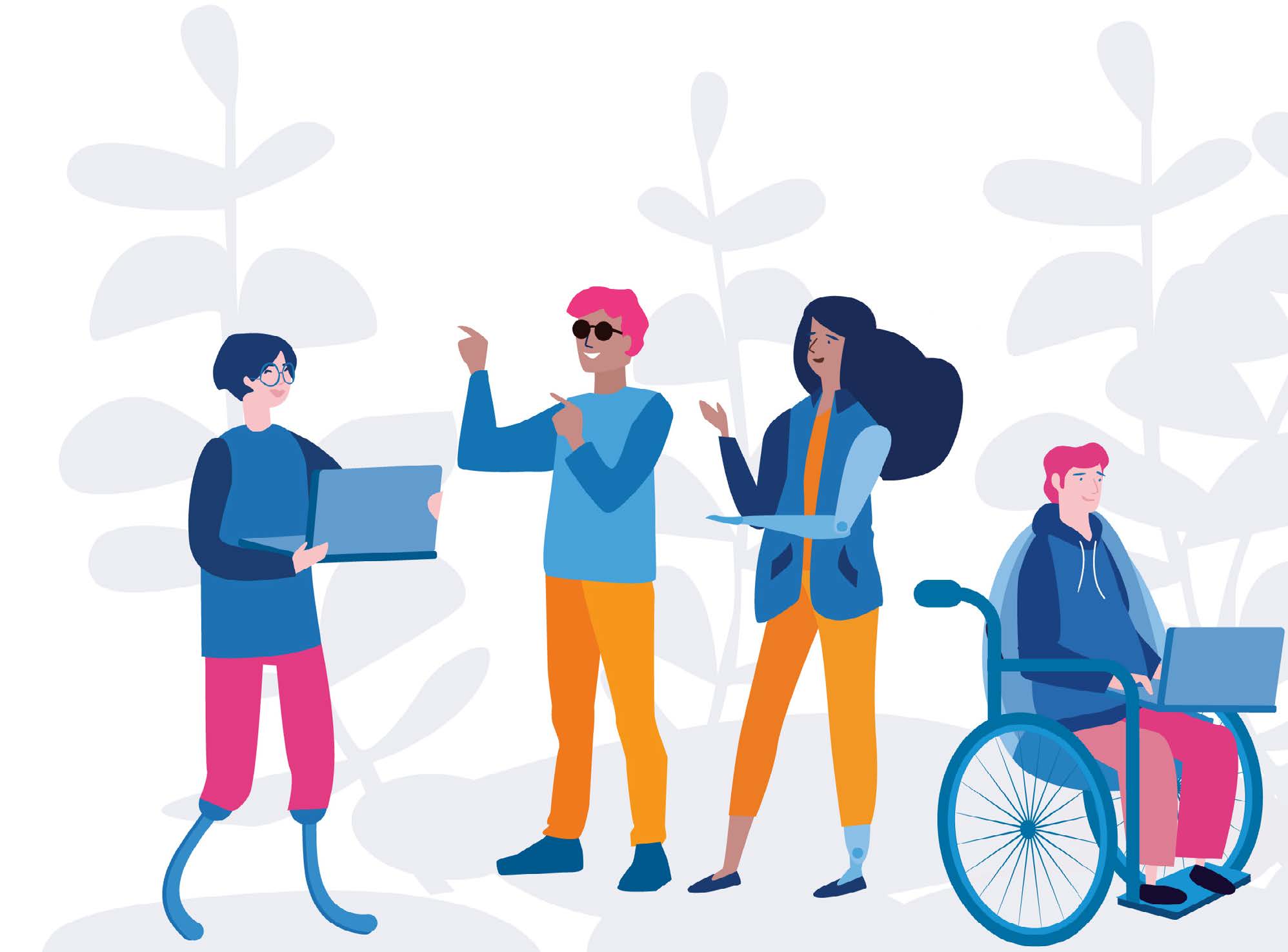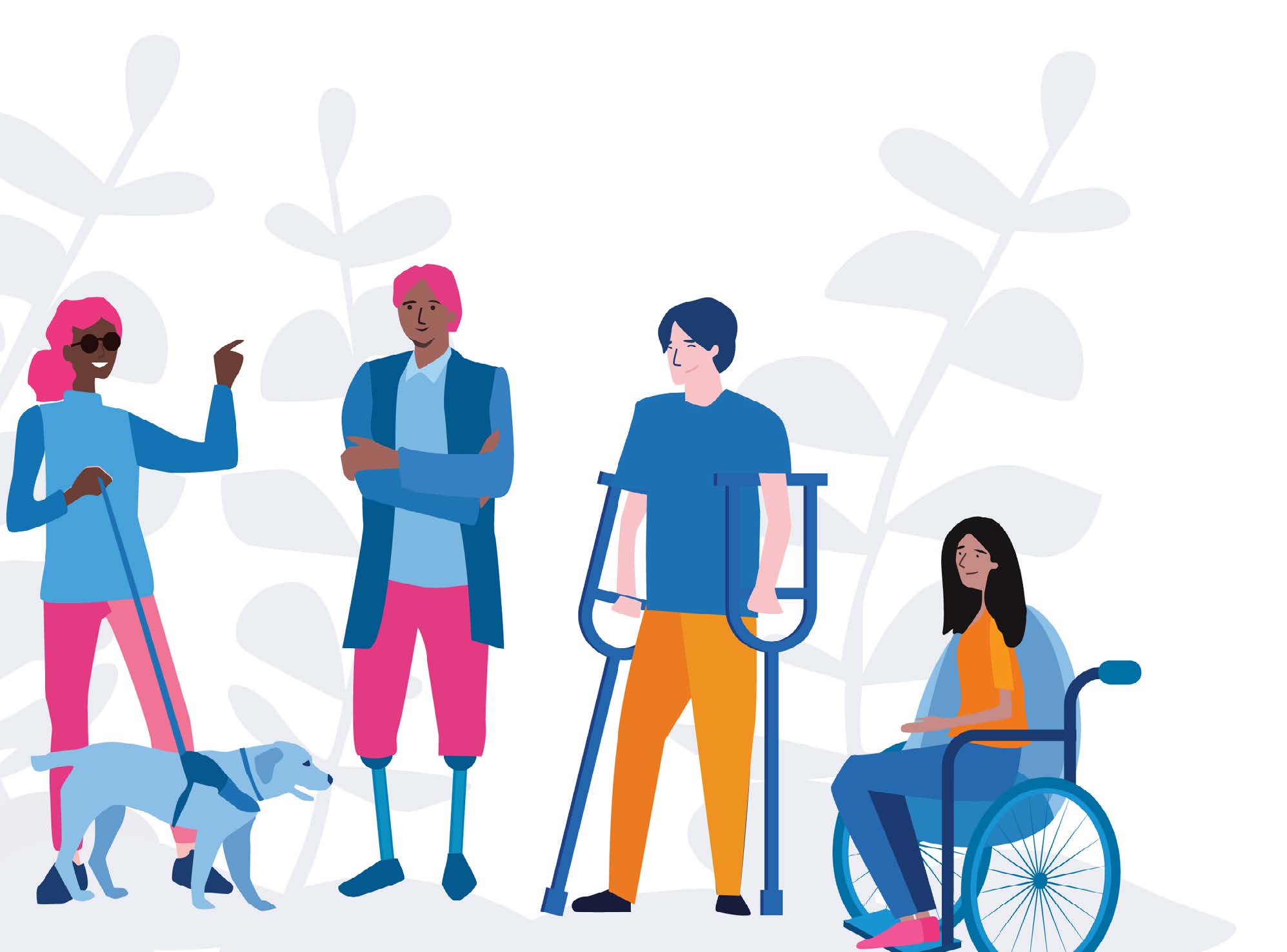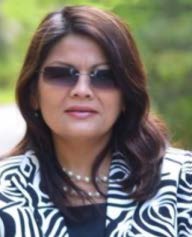HEARTSIGHT
CHRISTINA LLANES MABALOT
Could the Future Provide Education for Learners with Special Needs?
Today's abrupt transition due to the pandemic causes a familiar feeling of unrest. But if we can view this period as unopened doors of opportunities, we would have taken the critical first step.
MY PERSONAL JOURNEY
"Back-to-school" was a phrase that made me homesick without being away from home. A self-directed learner, I enjoyed reading, writing, and discovering knowledge my way at home. But in school, I was accused of sleeping when my head was buried in a book while reading. To my teachers, I appeared to be kissing the paper when writing and being the center of distraction when I'd go up to the blackboard to check out diagrams or figures. Math was my favorite; it was a period for daydream galore. I would fantasize about my crushes in TV shows as teachers rambled and wrote numbers on the blackboard. There was no point listening to lectures explaining hieroglyphics on a green mega stripe that almost covered the front wall. For the most part, Science classes fed my imagination, but I sat isolated during laboratory activities. The same was true for Physical Education, Reserved Officers Training courses (ROTC), and other activities I couldn't join.
I sat at the back of the classroom, often sleeping because I wasn't allowed to do other projects. Textbooks were helpful if the font was large enough for me to read, or when my mother could read for me. Otherwise, class discussions around reading assignments were moments for fervent prayers that I wouldn't get called to answer questions about the homework. I'm sure teachers knew someone else worked on projects I couldn't do because of my visual limitations, but I was content not being reprimanded.
Examinations were more a test of my patience rather than what I had learned. If the print was large enough for me to read, I'd hold the pungent-smelling mimeographed examination paper to my face, and I'd end up with black cheeks from the ink. However, if the print was too light or tiny, I was sent to the library where someone read me the test questions. I would either type or write my answers depending on the room lighting. Term paperwork was an acid test for mental wellness. I'd record my thoughts on tape and play the recording while editing, and simultaneously type it up. Then I'd ask someone to read the copy and record it and write again on my typewriter until I was satisfied with my edits. Conscious typos were corrected with liquid paper. Once, my puppy tore up a finished article, and I fainted.
I sat side by side with classmates without disabilities, mainstreamed and integrated, but not productive. My yearly report card gave evidence that I barely passed Science, Math, Practical Arts, and Physical Education. But I never failed a grade, which proves that "no student left behind" existed even during my time.

COLLEGE DAYS
The first glimpse of independent learning came during my college days when I discovered the Hadley School for the Blind. I self-studied Braille and other exciting subjects through correspondence. Since then, I've kept abreast of new technologies for my visual impairment. Later, in post-graduate studies, I listened to my textbooks from a four-track mini cassette player, which I also used to record classroom discussions. I knew then that technology was the bridge to productivity.
So, one day, I volunteered to be the guinea pig for a Computer Science group from De La Salle University in developing software that translated text to speech for the blind. The speech synthesizer card was called VINCE, (short for Voice Interphase Computer Editor). Unfortunately, Vince's voice wasn't as lovely as his name. I could have sworn I was listening to ET, the Extra-Terrestrial in person. Regardless, the program was beneficial. I owe it to the group for being one of the first computer-literate projects for the visually impaired in the Philippines.
I convinced my family to use the software, and we bought a PC XT with 512 Mb of ram, booting from DOS 2.0, which, at that time, was state of the art. Empowered with word processing skills using Word Perfect, I ventured into public relations consultancies, which I did after work hours in my school. Later, we read a magazine of the American Printing House for the Blind, which featured the "ASAP" or Automatic Speech Access Program. In the '80s, access technology cost my parents a hefty part of their retirement money. However, the investment set us up for the future. Thus began my personal journey to digital transformation.
I remember when I first heard the news that personal computers were available to the public, I felt a sense of despair. I thought people with disabilities, especially the visually impaired, would be more marginalized. There would be a digital divide between people with special needs and the mainstream, as wide as the gap between the moon and earth. Then, it seemed impossible to make visual input and output for computers accessible to those who cannot see. But the digital divide turned into a digital opportunity, thanks to adaptive technology.
My story paints assistive devices as the bridge for people with disabilities to crossover from the dark ages of "welfare-ism" to the renaissance of "inclusion" in education and employment. Access technology has conquered several of the information and communication barriers earlier in my lifetime. No doubt, history can repeat itself. Reflecting and understanding the past could help in making sense of the present and thriving in the future.
My niece, also with aniridia symptoms, recently testified that she averaged 4.0 when her classes were switched online. Her grades were a far cry from her usual average of 2.5 when attending physical classes. Accessibility features of her computer-enabled her to see what she couldn't have on the classroom whiteboard. Worksheets were readable with the magnifier app, and submitting digital papers was a walk in the park. On top of it all, she didn't feel self-conscious about delivering a speech through video, wearing house slippers. Another relative who is blind finished his Bachelors in Business Administration with summa cum laude honors. Whoever thought that people with disabilities could evolve into geniuses through digitalization?
WELCOME THE CHANGE
Today's abrupt transition to a completely digital, automated, and virtual world due to the pandemic causes a familiar feeling of unrest. Adverse reactions to new ways of doing things are as constant as change itself. But if we can reset our minds to viewing this period as unopened doors of opportunities, we would have taken the critical first step. I've advocated for digital learning for the longest because it eliminates most of the information and communication barriers caused by disabilities. But accessibility components need to be integrated into the virtual learning environment. The following are vital considerations to make remote and e-learning inclusive for people with disabilities.

THE MOVE TO INCLUDE: If innovators would be incentivized to create more adaptive tools and accessible technology, the post-pandemic possibilities for education would be inclusive for students with special needs. And we, the parents, teachers, and the community could unite to catalyze the changes needed for e-inclusion.
LEARNING MANAGEMENT SYSTEMS
The Learning Management System is the software used to create and deliver content to learners. It is also called a platform, and it provides the means of interactive communication between the teacher and learners. Students' performance and progress are automatically tracked and evaluated by the software. The learning management systems are virtual classrooms. A learner who can't navigate the platform is like one who can't get in a physical class. The good news is, several platforms have accessibility features that could make students with disabilities feel at home in the virtual learning environment. There should be a platform that could transform your child's schooling to a learning playground. In case there isn't one yet, you could request learning modules to be loaded on a USB flash drive, or learning videos that could be played on the TV monitor. Some activities or seatwork could also be assigned offline. Blending extensive modalities with the digital classroom may help a child who needs variety to sustain his interest.
ADAPTIVE AND ASSISTIVE TECHNOLOGY
It isn't true that physical, sensory, intellectual, behavioral, or other special needs prevent your child from accessing information digitally. On the contrary, as previously mentioned, adaptive and assistive technology systems, equipment, and software could cross most of these barriers. There is a wide range of incredible technology available in the market that could bridge the digital divide. Assessing your child's learning barriers and consulting the experts are vital in identifying the right technology. Some examples are alternative keyboard and mouse, speech to text technology, alternative communication systems, Jouse (a mouth-controlled USB joystick).
ACCESSIBLE CONTENT, INTERACTION AND ASSESSMENT TOOLS
We could appreciate e-learning better as we discovered that it offers a universe of options for presenting the information. Adapting educational content to the need and learning style of a student has never been more accessible through technology. For example, suppose a student can't remain attentive and focused on a webinar lecture or text document. The same information can be presented through concept maps, multi-media methods, hands-on learning activities, or by adding graphics and animation to the same material. The appropriate content format capitalizes and enhances a child's learning strengths and abilities.
Hand in hand with accessible content is the opportunity for a child with special needs to interact with the lesson. There are several ways a learner could show off what he or she has learned. Technology gives each child the freedom to express responses according to his or her communication strength. For instance, a child with limited verbal communication skills shouldn't be restricted to recite answers to the teacher's questions. The learner should be allowed alternative methods of communicating responses, like communication boards, symbols, polls, and many others. There isn't a one-size-fits-all assessment tool that evaluates the student's mastery of content. Still, whatever system is used, it should accurately reflect the child's grasp of the lesson. As an adult, I've experienced loading training courses that present slides of images my speech software couldn't read. I could do as much as go through the slides without a clue about the information presented. In the end, there were assessment questions to which I guessed the answers from multiple choices. My score would depend on sheer luck. I'm happy if I passed and didn't care if I failed. Imagine this scenario for students in our community. A good insurance policy for laptops and tablets would be helpful if they get a beating from frustrated learners.
Whether in the physical classroom or the virtual learning environment, teachers should encourage student participation. Taking part in activities that learners enjoy, like interactive games, projects relevant to their lives, or giving them the freedom to choose how to apply knowledge (e.g., growing plants for Biology) is a sure-fire way to motivate the pursuit of knowledge. Whatever activity is used, it is essential to cultivate a student's love for learning to ensure continuity for life-long education. Yes, the future could provide education for learners with special needs. If innovators would be incentivized to create more adaptive tools and accessible technology, the post-pandemic possibilities for education would be inclusive for students with special needs. And we, the parents, teachers, and the community could unite to catalyze the changes needed for e-inclusion. Together we can make it happen. At this point, another relevant question is, "Could education provide learners with special needs a future?" As a former educational leader, I recommend that teacher education be revised, and Special Education be re-oriented to accommodate the ever-changing goals and methods of education in a rapidly-evolving era. Another suggestion is to consider the universal design for education. I believe the principles support education for all learners, and focusing on learning strengths instead of disabilities. The process may involve long-term planning and implementation, but it is doable, considering how we evolved to get this far. And, if we advocate to start the process today, we can reshape the future for our community.•

HEARTSIGHT
Christina Llanes Mabalot is physically blind from aniridia, but has a vision. She enjoys touching people's lives to bring out the best in them. "Heartsight" explains her ability to see with her heart. Christina earned her B.A. degree and Masters in Education from the University of the Philippines, Diliman, specializing in Early Intervention for the Blind. She later received Educational Leadership training through the Hilton-Perkins International Program in Massachusetts, then worked as consultant for programs for the VI Helen Keller International. She has championed Inclusive Education, Early Intervention, Capability Building and Disability Sensitivity programs. She was twice a winner in the International Speech contests of the Toastmasters International (District 75) and has been a professional inspirational and motivational speaker. Christina is blissfully married to Silver Mabalot, also physically impaired, her partner in advancing noble causes. Their children are Paulo and Jem, who has aniridia.